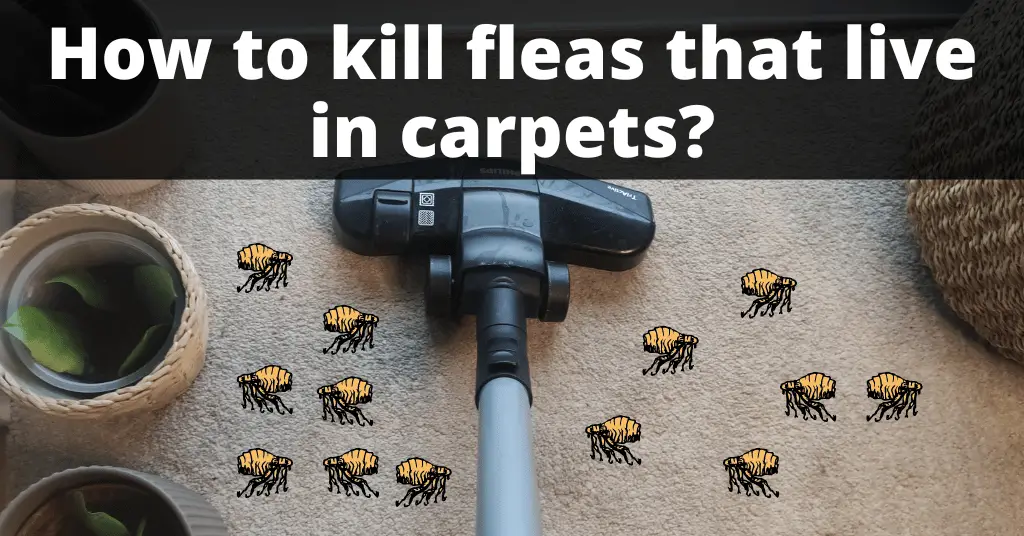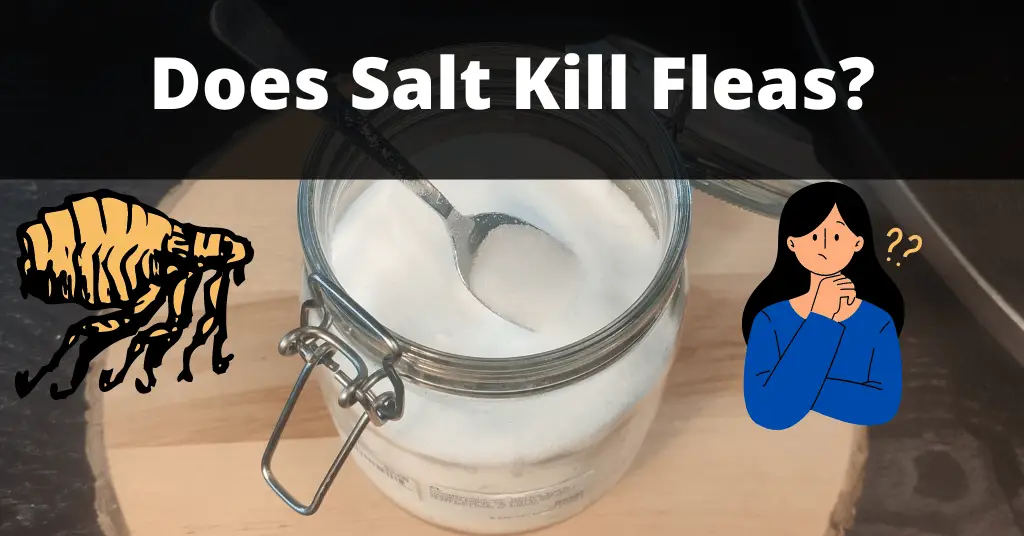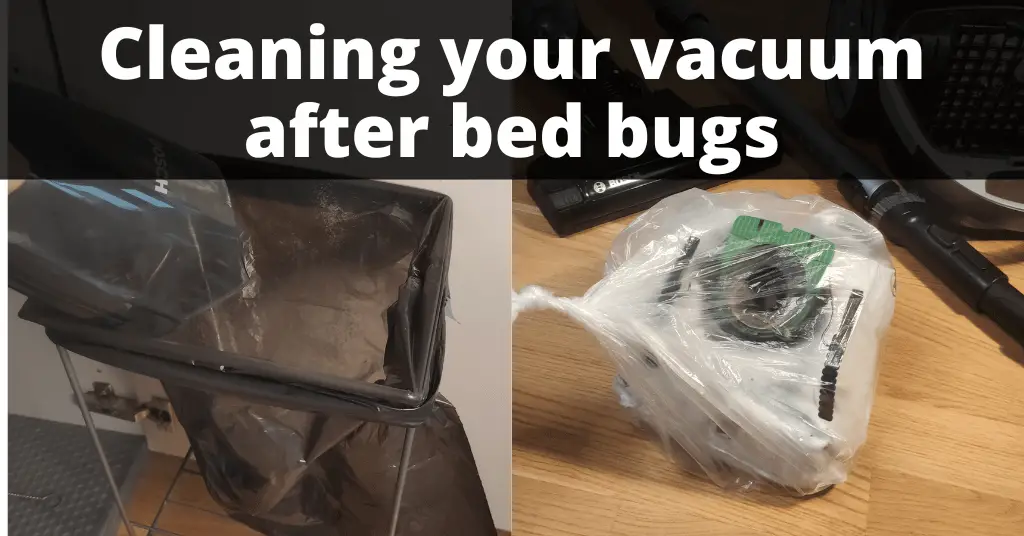If your home is plagued by fleas, you’re not alone – flea infestation is one of the most common problems that pet owners face every year. These unpleasant biting insects can easily hitch a free ride home when your furry friends come back after a good time outside. So if your pet loves to hang out on your carpets too, you bet some fleas have made that into their new home. The good news is that there are a number of things you can do to get rid of them.
If you believe there are fleas in your carpet, don’t despair – when you approach this battle correctly you will succeed. And by reading this article to educate yourself on the problem – you are already on a good path.
To tackle this problem, you have 2 choices: you can either call a professional pest control service to do the job or take it into your own hands. If you chose the latter, we are here to guide you. In this article, we will cover all aspects of controlling flea problems at any stage of the infestation so you can enjoy a flea-free life with your furry four-legged friends.
The problem with Flea Bites
Did you know that compared to their size a flea can jump further than any other creature on the planet? A human with the same capacity would be able to clear a city block in a single bound. This extreme mobility allows these bloodsucking terrors to relocate and find new ghosts on which to prey.
Humans are not typically the target of flea attacks as they prefer the warmth and cover of fur in which they feast and reproduce. These are not especially painful bites, but they can leave an itchy sting and cause your furry friend considerable stress. By the time you begin to be the target of flea attacks, the situation has become very advanced indeed.
While some diseases can be carried by flea bites, these are typically very rare — especially in the continental US.
How to Kill Fleas in Carpet — Prevention, Suppression, and Control
Flea infestations are tough to deal with because fleas are mobile, reproduce quickly, and have life stages that make them more immune. Once the flea presence reaches infestation levels the entire extermination process can take weeks of hard effort and even then the outcome may not be entirely successful. So undoubtedly prevention is the best solution.
Here are some of the actions that can be taken to prevent, suppress, and control the aftermath of flea infestation.
#1. Preventing Fleas in Carpets
An ounce of prevention is worth a pound of cure when planning how to kill fleas that live in your carpet, here are some simple tips that can keep fleas from spreading around your house in the first place.
Check your Pets — pay attention when your pets are messing about with unfamiliar animals in their neighborhood and environment. Regular grooming will alert you to the early signs of fleas on your pets. Fleas like a moist and warm environment, so check for fleas around the neck, groin, base of the tail, and the back of your pets’ legs.
Veterinary visits — a regular health check is vital to ensure the well-being of your pet. Your vet will know how to spot these pint-sized terrors and deliver effective treatment if needed.
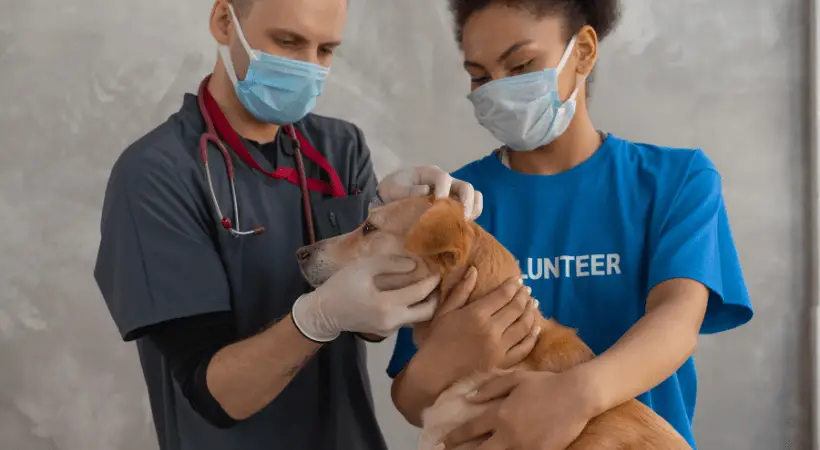
Clean pet cushions — if your pet has a bed or regular resting spots, these will be the birthing pools for future flea populations. Keep these regularly cleaned and vacuumed as an important part of preventing fleas from settling in. Wash, vacuum, steam clean and tumble dry these cushions and furnishings as needed.
As mentioned, fleas prefer moist and warm environments, so making your furnishings clean and dry will discourage their propagation.
#2. Suppressing a Flea Infestation
In case you are too late and you have found fleas on your pet, felt their sharp bite, or even seen the spry vermin leaping through the air, chances are that you already have an infestation on your hands. fleas have become quite adept at hiding their presence deep in the fabrics of your carpets and will resist relocation and extermination. It will be essential to make your carpets uninhabitable to the little blighters.
Here is how to kill fleas that live in a carpet:
- Take your carpet outside – firstly, if it’s a small carpet you want to take the potential colony out of your home where the environment for them is harsher and they don’t spread on any other furniture. Proceed with the following steps there.
- Begin with a thorough cleaning — vacuum your carpets thoroughly and make sure you are using a vacuum that is in excellent condition and up to the task. Be sure to utilize a beating bar attachment if you have one. Remember that most often infestations are caused by allowing a small problem to become very advanced without you noticing. Sometimes a faulty vacuum cleaner can be that weak link that breaks your home’s defenses.
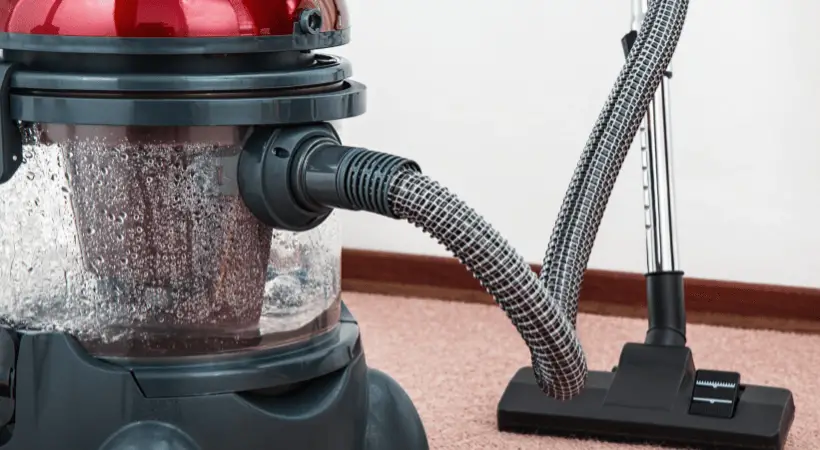
- Apply baking soda and salt mix — a tried and proven remedy you can apply to eliminate fleas from your carpets is the use of baking soda and salt. After you have vacuumed your carpets and removed as much debris as possible, sprinkle a liberal amount of mixture across your carpet and work this fine solution deep into your carpet’s fabrics with a stiff brush. Any fleas that come into contact with this powder are doomed to die. It’s a good idea to also sprinkle some amount on the grass or ground around the carpet. Allow it to sit for 5 – 10 days before vacuuming again to remove the remains of the mixture and any dead fleas. Each time this task is repeated, throw out the entire vacuum bag in a sealed plastic bag and take the bags to the dumpster immediately.
- Steam cleaning — fleas in certain life cycle stages can be much more resistant to natural remedies, so if you have a steam cleaner you can apply the penetrating power of steam to reach the deepest recesses of these fabrics and eliminate the remnants of the initial culling. Steam cleaning sends billowing clouds of scalding vapor through the fabrics and these elevated temperatures are effective at killing fleas and their eggs.
- Tumble Dry — all cushions, blankets, comforters, rugs, and other items near the treated carpet should also be steam cleaned, or washed and tumble dried. This will stop the advance of escapees taking refuge here.
- Rinse and Repeat — to complete the project properly, you will need to be on full alert against the flea menace until you are sure it has been dealt with completely. This could take weeks or months depending on your efficiency. Repeat these steps 1 – 2 more times a week after the first attempt has been completed and reassess the conditions of your carpets.
#3. Controlling a Flea Infestation
While you are suppressing the infestation through improved cleaning techniques, you can apply two or more of the following techniques to maintain tight control of areas of your home that have been liberated from flea infestation.
Remember to always apply any solution to a small undetectable corner of your carpet first. Allow a couple of hours to observe the effects before applying them to the entire carpet.
Herbal flea spray
You can make a simple herbal flea spray that is safe for any synthetic, natural fabrics and colors. Simply combine a liter of white vinegar, 500ml of water, 500ml of lemon juice, and 250ml witch-hazel. Allow the potion to sit overnight before applying it liberally to portions of your carpets and upholstery you have already cleaned. Because fleas are most active at night, spray down all cleaned areas the night after you have performed the vacuuming and steam cleaning process.
Rosemary
Plant it, crush the leaves, or make all manner of tinctures. Rosemary is an impressive all-natural and organic repellent against fleas. It can even be crushed and sprinkled on your carpets — increase the flea-repelling power by grinding rosemary with fennel, wormwood, and peppermint. Place this potent powder anywhere you would like to ward off flea attacks, like windowsills, doorways, and carpets.
Professional flea control
Finally, if you have reached the end of your three-week war on flea infestation and feel that you are not gaining the upper hand despite your focused efforts, it may be time to call in the professionals. A professional infestation response company will have a resource of techniques and tools to effectively handle pest problems.
